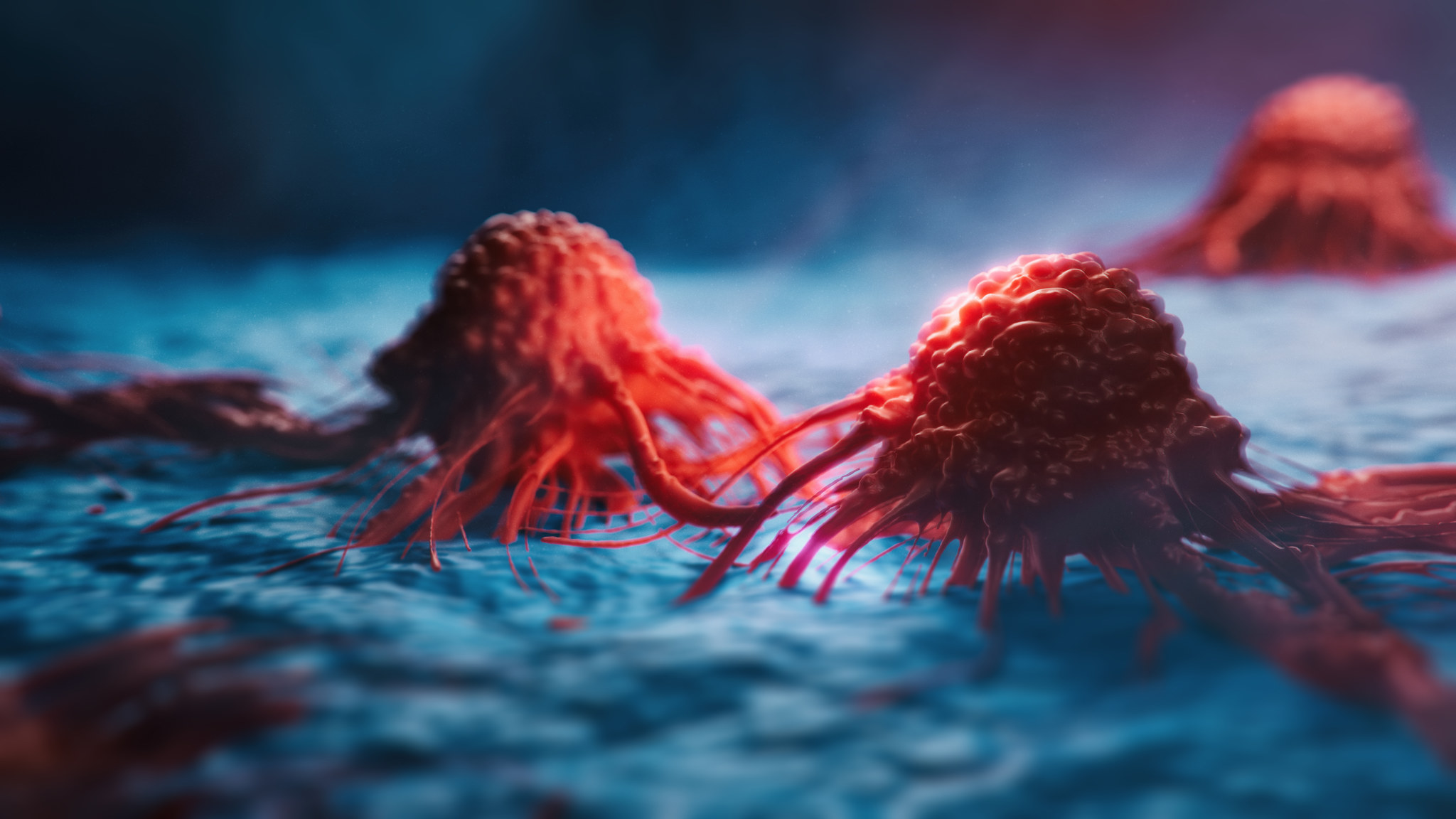
Northwestern Medicine scientists have discovered new insights into the production and regulation of a class of noncoding RNAs and how alterations in their signatures diversify and modulate the transcriptome of three major types of cancer, according to findings published in Science Advances.
Downstream-of-gene (DoG) transcripts are a class of noncoding RNAs, or RNA molecules that are not translated into proteins. DoGs are produced when the machinery that produces normal protein-coding mRNA continues past the end of the gene and occurs in response to different cellular stressors, including viral infection, heat shock and osmotic stress.
Recent work has suggested that DoGs are produced in response to different stress stimuli that ultimately contribute to the development of diseases, including cancer. However, it has remained unknown how the production of DoGs is regulated and whether alterations in DoG RNA signatures exist in cancer tissues.
In the current study, the investigators performed transcriptomic analyses of paired tumor tissue and healthy tissue samples from patients with breast cancer, colon cancer, liver cancer, as well as in cancer cell lines. The scientists discovered a variety of DoG RNA signatures that were uniquely expressed in both the healthy tissue and in the tumor tissue, and that DoG RNAs were differentially expressed in breast, liver and colon tissues.
Furthermore, the scientists found that different DoG RNA signatures were expressed in tumors relative to the normal tissues and during different stages of tumor progression, which is consistent with previous findings that differential DoG RNA expression is associated with poor patient survival, according to the authors.
Lastly, the scientists treated colon cancer cell lines with the FDA-approved drug camptothecin (CPT), a topoisomerase I (TOP1) inhibitor, to determine whether the drug regulated RNA transcription termination and DoG production. TOP1 is overexpressed in many cancers, including colon cancer, and this upregulation is what allows CPT to be an effective therapeutic, according to the authors.
“The reason we chose TOP1 is not only because it’s targetable with CPT, but also because TOP1 is well known to regulate gene expression. It’s been known to regulate transcription initiation elongation, but it hasn’t yet been linked to termination, which would be relevant for DoG production,” said Shannon Lauberth, PhD, associate professor of Biochemistry and Molecular Genetics and co-corresponding author of the study.
By inhibiting TOP1 activity with CPT or depleting TOP1 levels from colon cancer cell lines, the investigators were able to induce the production of DoGs. This, according to Lauberth, suggests that TOP1-dependent regulation of DoG RNAs contributes to the diversification and modulation of the cancer transcriptome.

“It’s possible that this might be one of the mechanisms, when you use camptothecin, that you could actually be initiating beneficial effects within the clinic for patients that have high TOP1 levels,” said Lauberth, who is also a member of the Robert H. Lurie Comprehensive Cancer Center of Northwestern University.
In the future, the investigators aim to further investigate the functional consequences of DoG production and its impact on tumor progression, according to Lauberth.
“Is this a protective measure that the cell induces in response to stress or in tumorigenesis? Can it further augment or promote tumorigenesis or facilitate tumor suppression pathways? We see examples of both, so the identification of what DoG RNA is doing would really be helpful going forward in terms of being able to understand the significance as to why they’re produced,” Lauberth said.
Yaping Liu, PhD, assistant professor of Biochemistry and Molecular Genetics, was a co-corresponding author of the study. Guang-Yu Yang, MD, PhD, the Joseph C. Calandra Research Professor of Pathology and Toxicology, was a co-author of the study. Liu and Yang are also members of the Lurie Cancer Center.
This work was supported by the National Institute of General Medical Sciences grants R35 GM128900 and R35 GM147283, and the Lurie Cancer Center.






